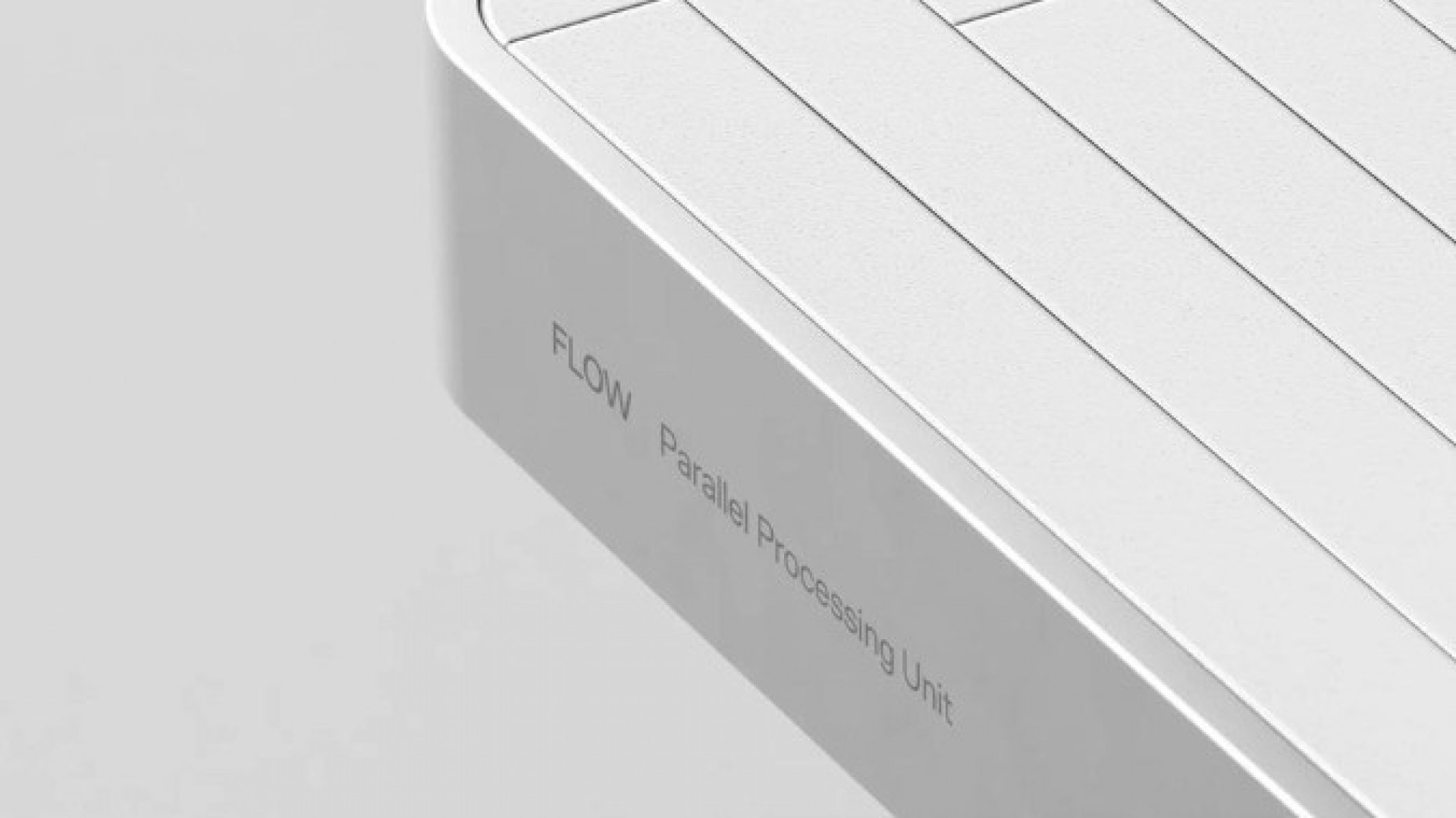One of the most powerful supercomputers in the world, LUMI, will start its operations in CSC’s data center in Kajaani, Finland, next year. The peak performance of LUMI is an astonishing 552 petaflop/s. To date, the world’s fastest computer, Fugaku in Japan, reaches peak performance of 513 petaflop/s. When LUMI’s operations start next year, it will be one of the world’s fastest supercomputers.
LUMI is an investment of over 200 million euros, covering the whole lifecycle of the system. It will lift Europe to the forefront of high performance computing (HPC) and research.
LUMI is a unique European endeavor, with ten European countries and the EuroHPC Joint Undertaking (EuroHPC JU) investing in one joint system. It is set to boost research, employment, and competitiveness throughout Europe. The procurement process of LUMI is now complete, and the system supplier is Hewlett Packard Enterprise (HPE), providing an HPE Cray EX supercomputer with next generation AMD EPYC CPUs and AMD Instinct GPUs. In addition to the remarkable computing power, LUMI is also one of the world’s most advanced platforms for artificial intelligence and it will be one of the world’s best known scientific instruments throughout its lifetime.
"The pre-exascale supercomputer hosted by the LUMI consortium will be among the top 5 in the world. Together with the other EuroHPC pre-exascale and petascale supercomputers that will be deployed in 2021, the LUMI supercomputer will help Europe’s public and private users address many daunting research and innovation problems across different areas from weather and climate change through cybersecurity to drug discovery and personalised medicine.
LUMI supercomputer aligns the Digital and Green Deal policies of the European Commission, using 100% renewable carbon neutral energy. Moreover, the heat generated will provide 20 percent of the district heat of the area, being one of the most efficient supercomputers in the world", says Khalil Rouhana, Deputy Director-General of the Directorate General for Communications Networks, Content and Technology (DG Connect) of the European Commission.
LUMI system architecture
- The LUMI system will be supplied by Hewlett Packard Enterprise (HPE), based on an HPE Cray EX supercomputer.
- The peak performance of LUMI is an astonishing 552 petaflop/s meaning 552 *1015 floating point operations per second. This figure makes LUMI one of the world’s fastest supercomputers. For comparison, the world’s fastest computer today (Fugaku in Japan) reaches 513 petaflop/s and the second fastest (Summit in the US) 200 petaflop/s (more information: www.top500.org). If LUMI’s computing power was compared to normal laptops, it would require 1.5 million laptops together to reach the performance of LUMI. If these laptops were piled up, they would form a tower of over 23 kilometers high!
- LUMI will also be one of the most advanced platforms in the world for artificial intelligence (AI). With LUMI, it will be possible to combine AI, especially deep learning, and traditional large scale simulations combined with massive scale data analytics in solving one research problem.
- The number crunching capability of LUMI is accelerated by the GPU (Graphics Processing Unit) partition. It is based on the future generation AMD Instinct GPU.
- LUMI will be complemented by a CPU (Central Processing Unit) partition, featuring 64-core next-generation AMD EPYC CPUs.
- LUMI’s data analytics partition has 32 aggregated terabytes of memory and 64 visualization GPUs. This partition is used e.g. for visualization, heavy data analysis, meshing, and pre/post-processing.
- LUMI’s storage system will consist of three components. First, there will be a 7-petabyte partition of ultra-fast flash storage, combined with a more traditional 80-petabyte capacity storage, both based on the Lustre parallel filesystem, as well as a data management service, based on Ceph and being 30 petabytes in volume.
- In total, LUMI will have astounding storage of 117 petabytes and an impressive aggregated I/O bandwidth of 2 terabytes per second
- LUMI will also have an OpenShift/Kubernetes container cloud platform for running microservices.
- All the different compute and storage partitions are connected to the very fast Cray Slingshot interconnect of 200 Gbit/s. The global bandwidth of the LUMI-GPU partition is 160 TB/s. The global Internet traffic would fit therein, in fact, two times!
- LUMI takes over 150m2 of space, which is about the size of a tennis court. The weight of the system is nearly 150 000 kilograms (150 metric tons).














